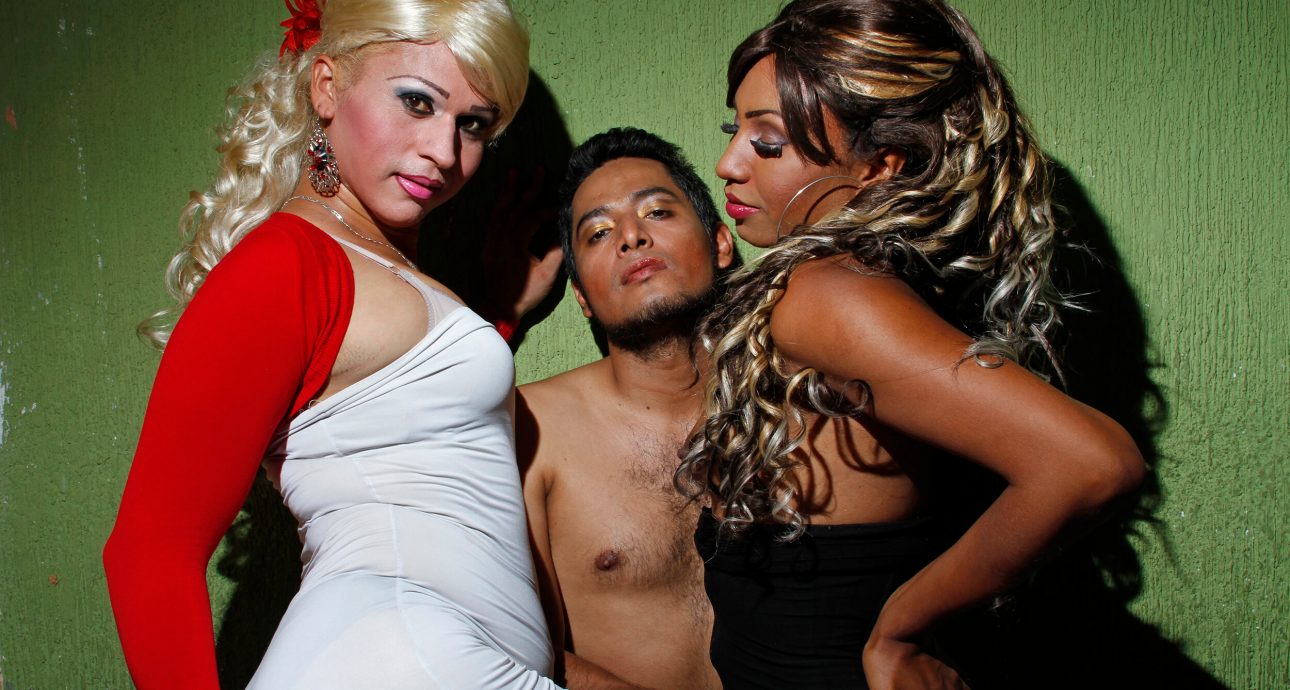
Neither a Man nor a Woman: The Mexican Muxes
In the state of Oaxaca in southern Mexico, in Juchitán de Zaragoza town, a community of the local Zapotec people has long accepted — and celebrated — gender nonconformity. The Zapotec ancient civilization dates back to 1500 BC. They were called “People of the clouds,” they invented a writing system and created pottery; they worshiped the rain god and did not accept the binary gender system. The muxes (pronounced MOO-shays) are broadly considered a third gender, whose representatives were born men but define themselves as women.
The Mexican photographer Nelson Morales also belongs to this vibrant, authentic community. For ten years, he has documented the life of muxes, exploring the themes of sexuality and self-identification.

A Mexican photographer who has exhibited his works in Spain, Germany, Canada, and USA. He won numerous photography awards in Mexico and beyond.
— I always knew who I was. As a teenager, I understood my sexual preferences. But for a very long time, I resisted the idea of becoming a muxe. In Oaxaca, the muxes are the third gender. They do not define themselves as homosexuals. Instead, they can be described as people standing above the binary gender system and in a constant search for beauty.
According to a legend, God entrusted Saint Vincent Ferrer, the patron saint of Juchitán de Zaragoza, with three sacks. One of those sacks was with women, one with men, and one with a third mixed gender. Saint Vincent was supposed to distribute all three around the world. But when he got to Oaxaca, the sack containing the third gender ripped open, and Oaxaca received many more than its allotment as third-gender people got out.
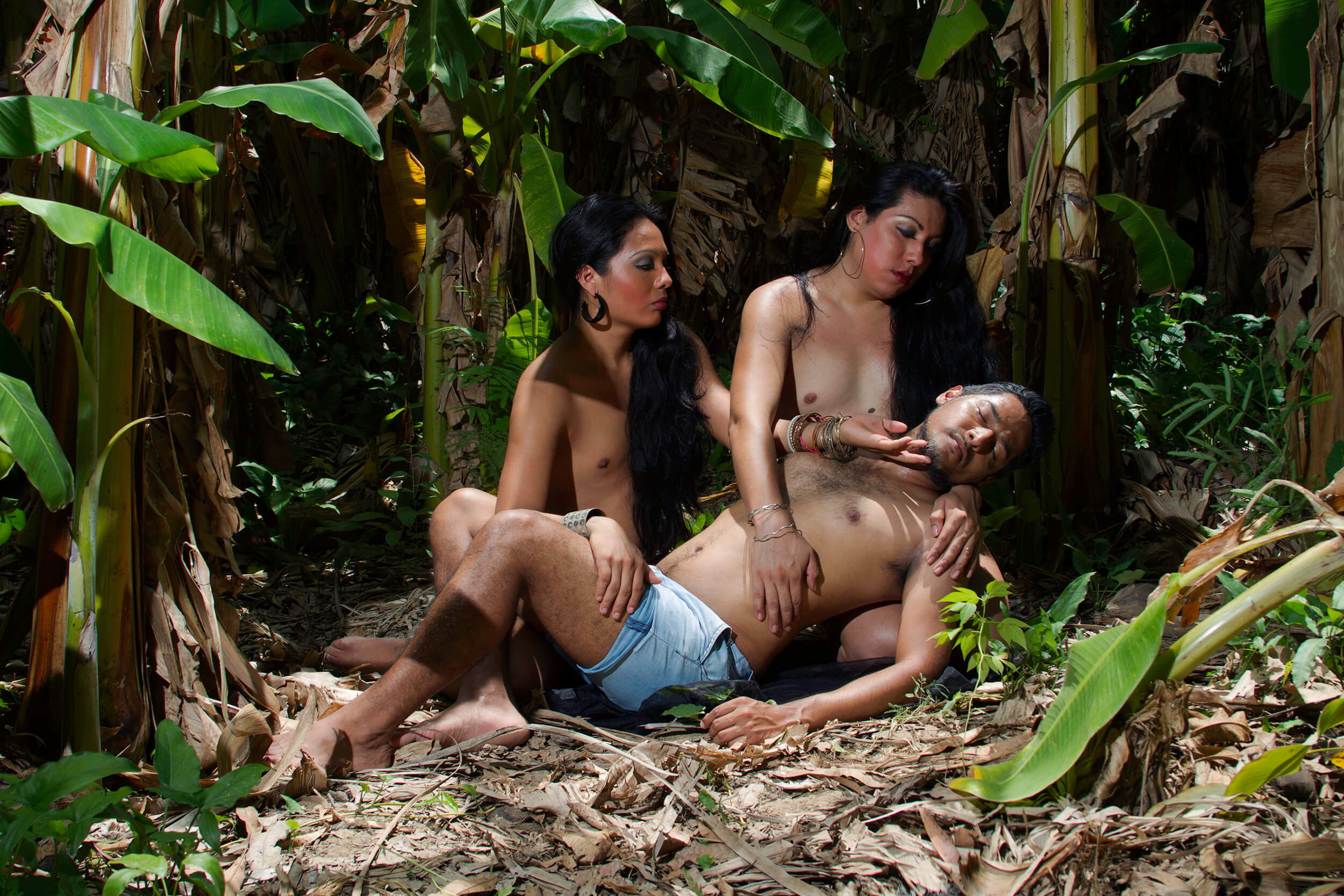
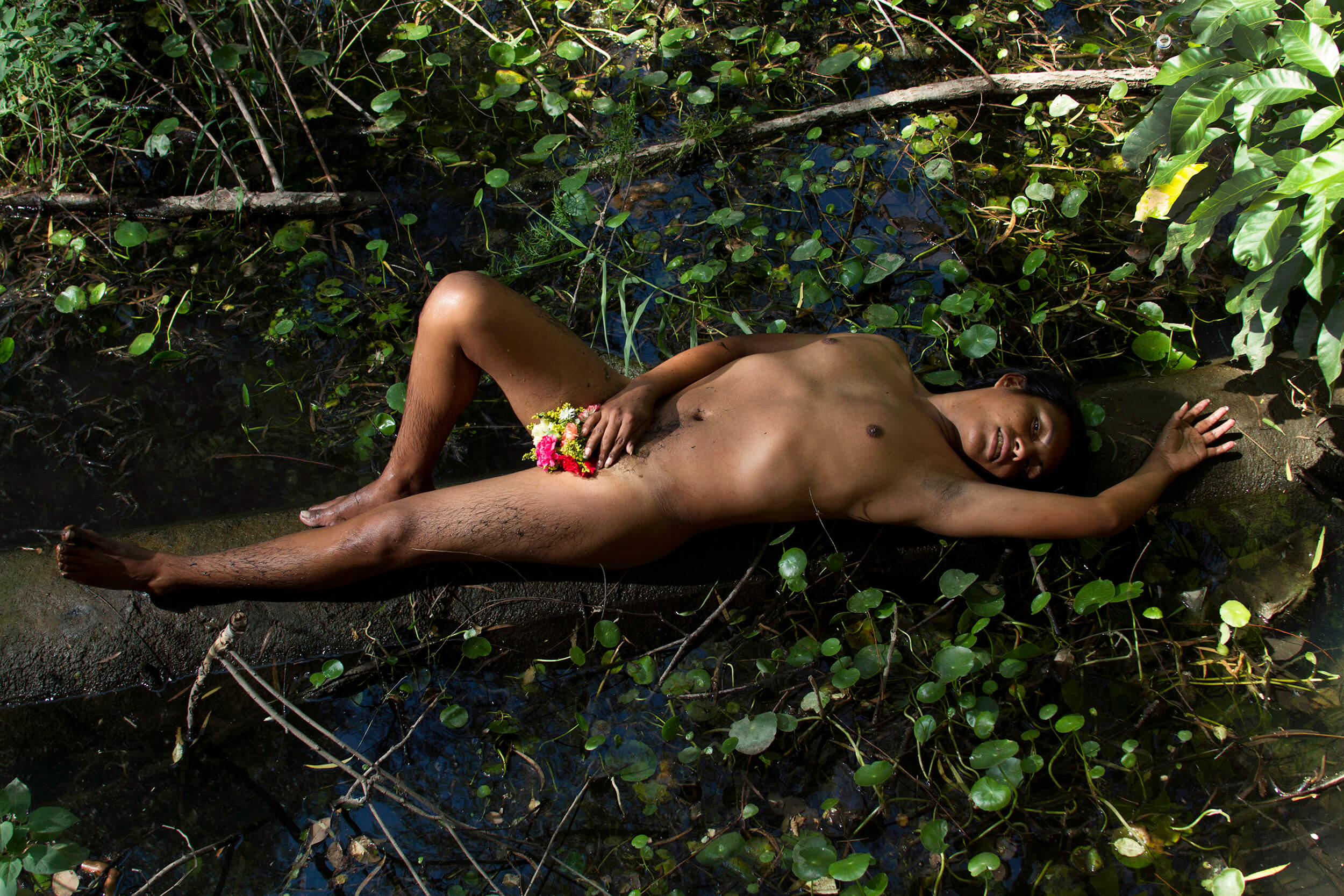
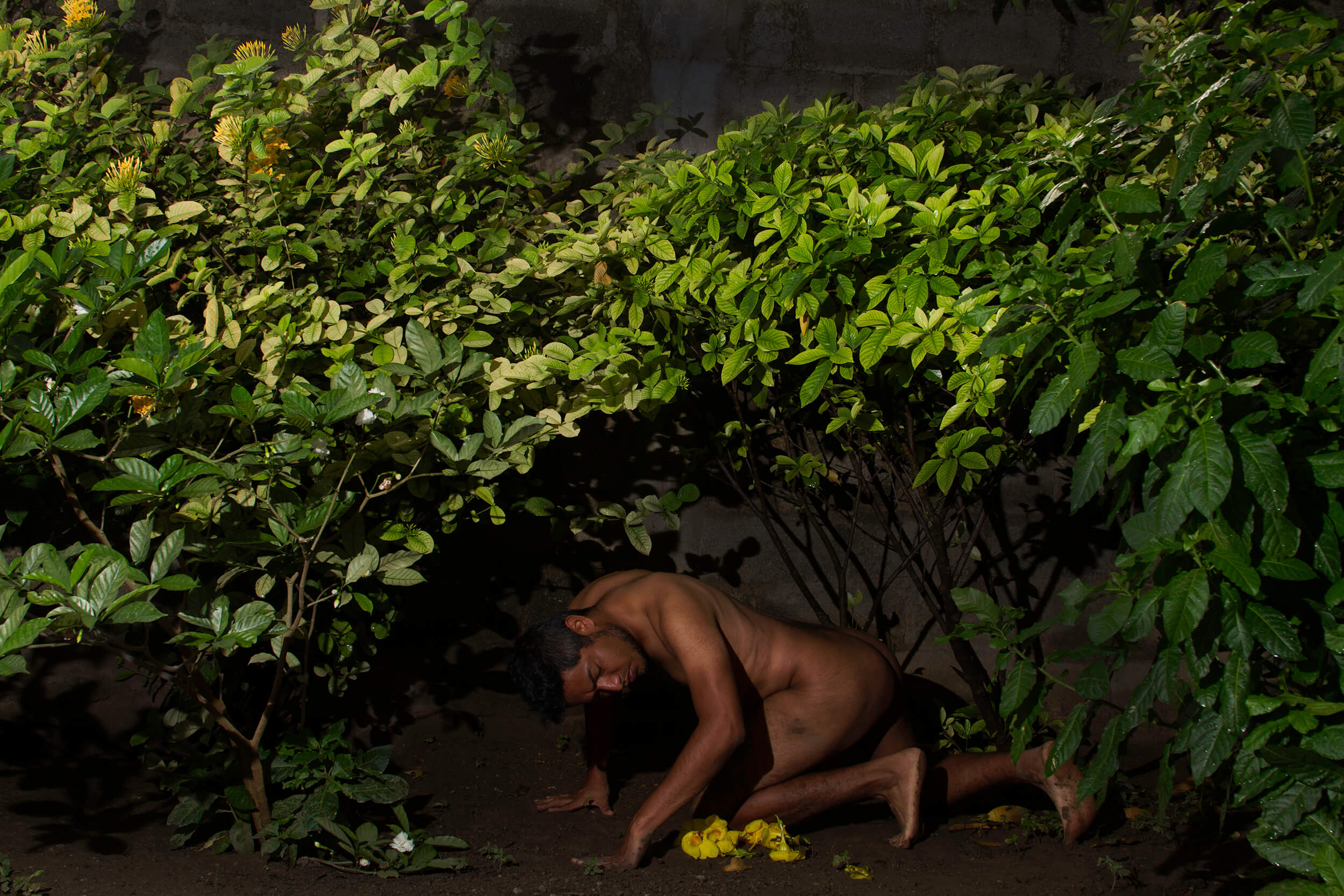
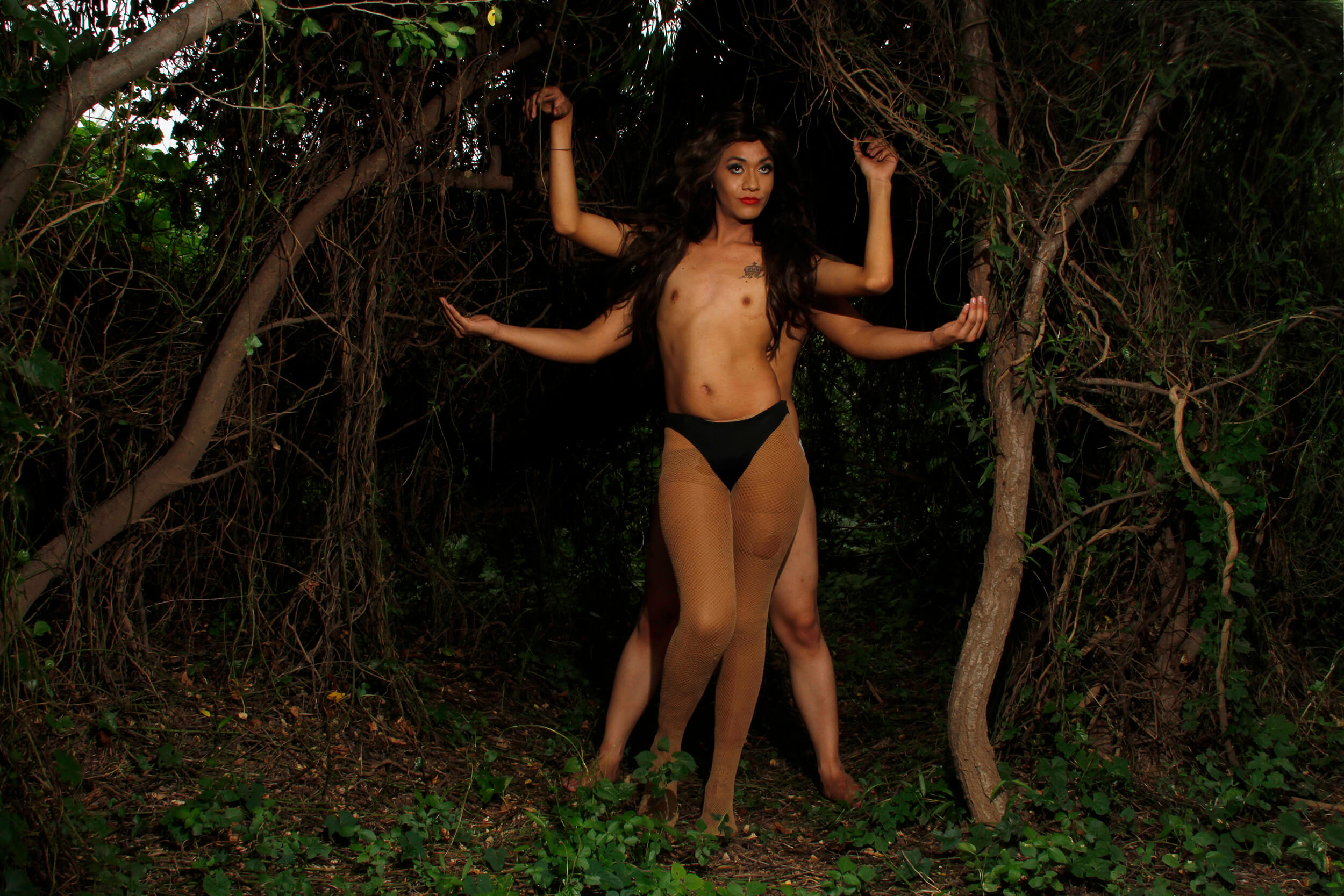
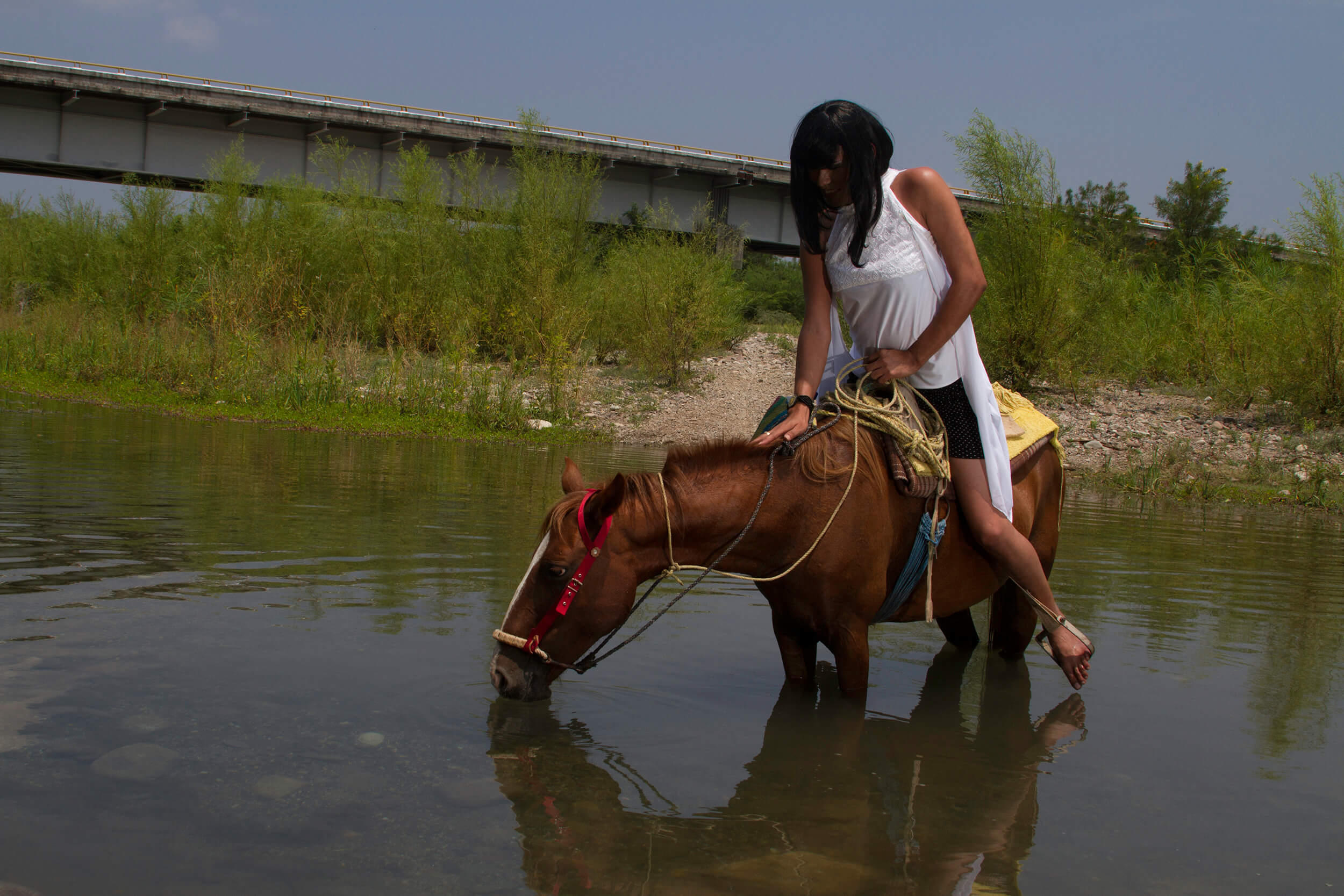
In Oaxaca, it is considered a blessing to have muxes in the family because they traditionally take care of their aging relatives and help around the house. The muxes lead a rather ordinary life most of the time. They work in various industries, from service and party management to trade and politics, and spend time with friends.
Yet, they always stand out in the crowd. The muxes wear dresses, use makeup, and behave in a very feminine way. This had scared me. I never felt like wearing a dress; I just tried to accept my homosexuality and remain myself. But after a while, I realized that being a muxe is not just about wearing a woman’s outfit. They are an important part of Mexican history, this community of indigenous people who love their bodies and are not afraid to be different. So I accepted my identity, and I think this is what made me a muxe – more than the clothes.
The muxes wear dresses, use makeup, and behave in a very feminine way. This had scared me.
The muxes have always attracted the attention of photographers with their striking appearance. However, while conceiving this project, I hoped that I would be able to create something unusual. As part of the community, I wanted to show their life from my point of view. Working on the project was challenging but fun. I had to mix my personal and professional life, balancing the desire to take a memorable photograph and respect my friends. I felt that they experienced similar emotions in front of the camera lens.
The Muxes are very liberal and open-minded. They strive to express themselves sincerely and without restrictions; they are not afraid of their sexuality, physicality, and nudity. For them, these are natural manifestations of their identity, the challenge they throw down to the world. I think they enjoyed the filming process. Thanks to their openness and my empathy, the project turned out to be deep and very intimate.

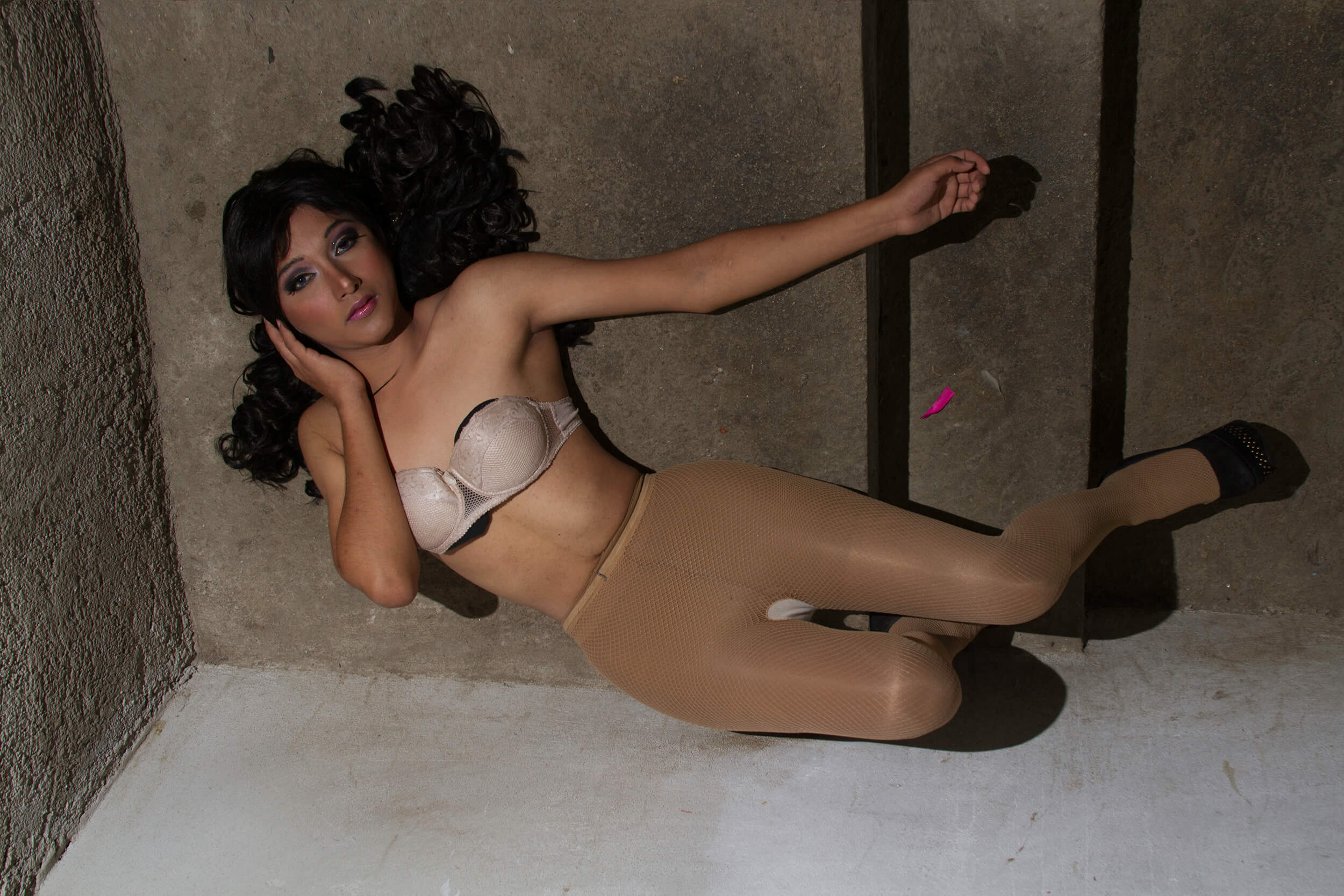
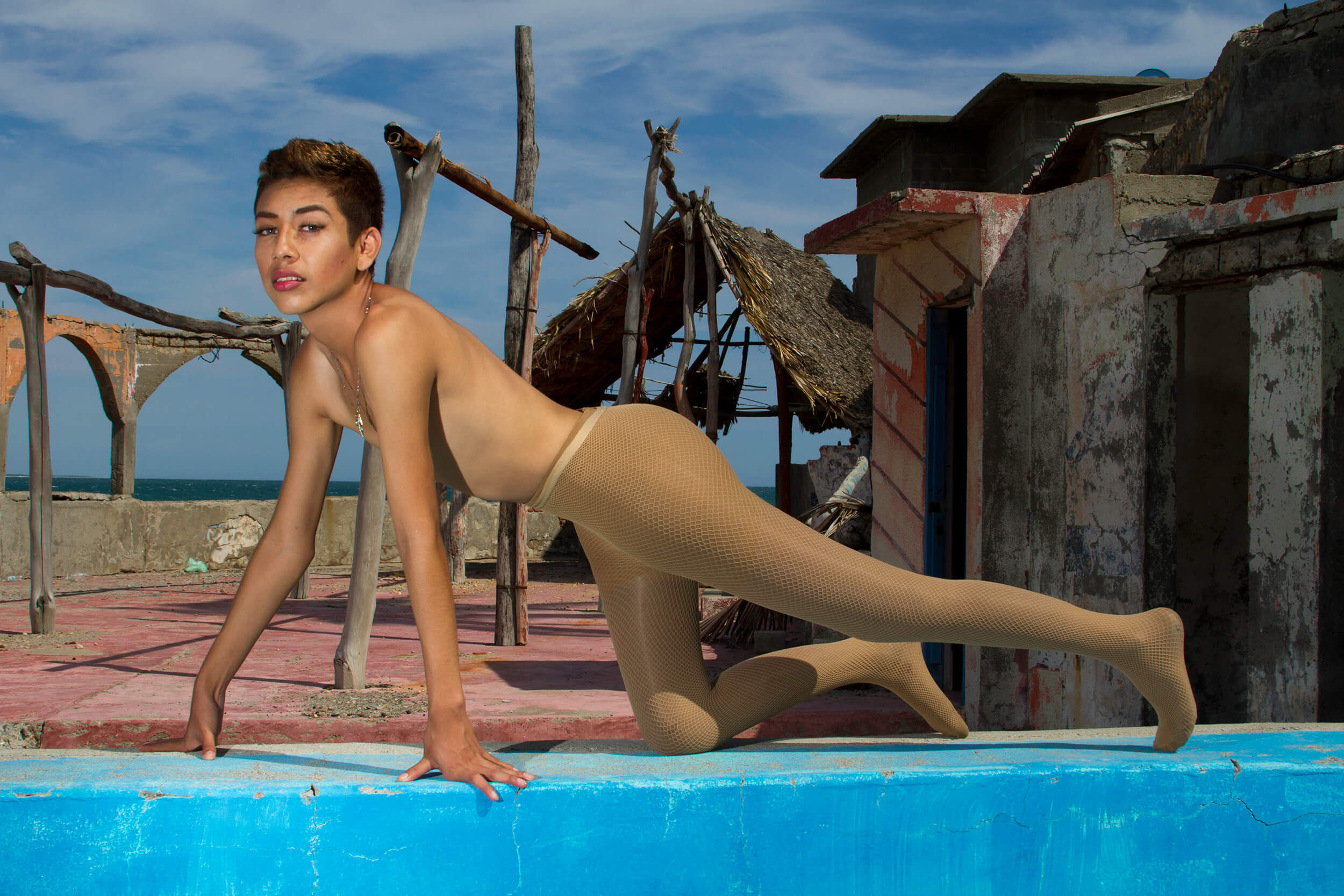

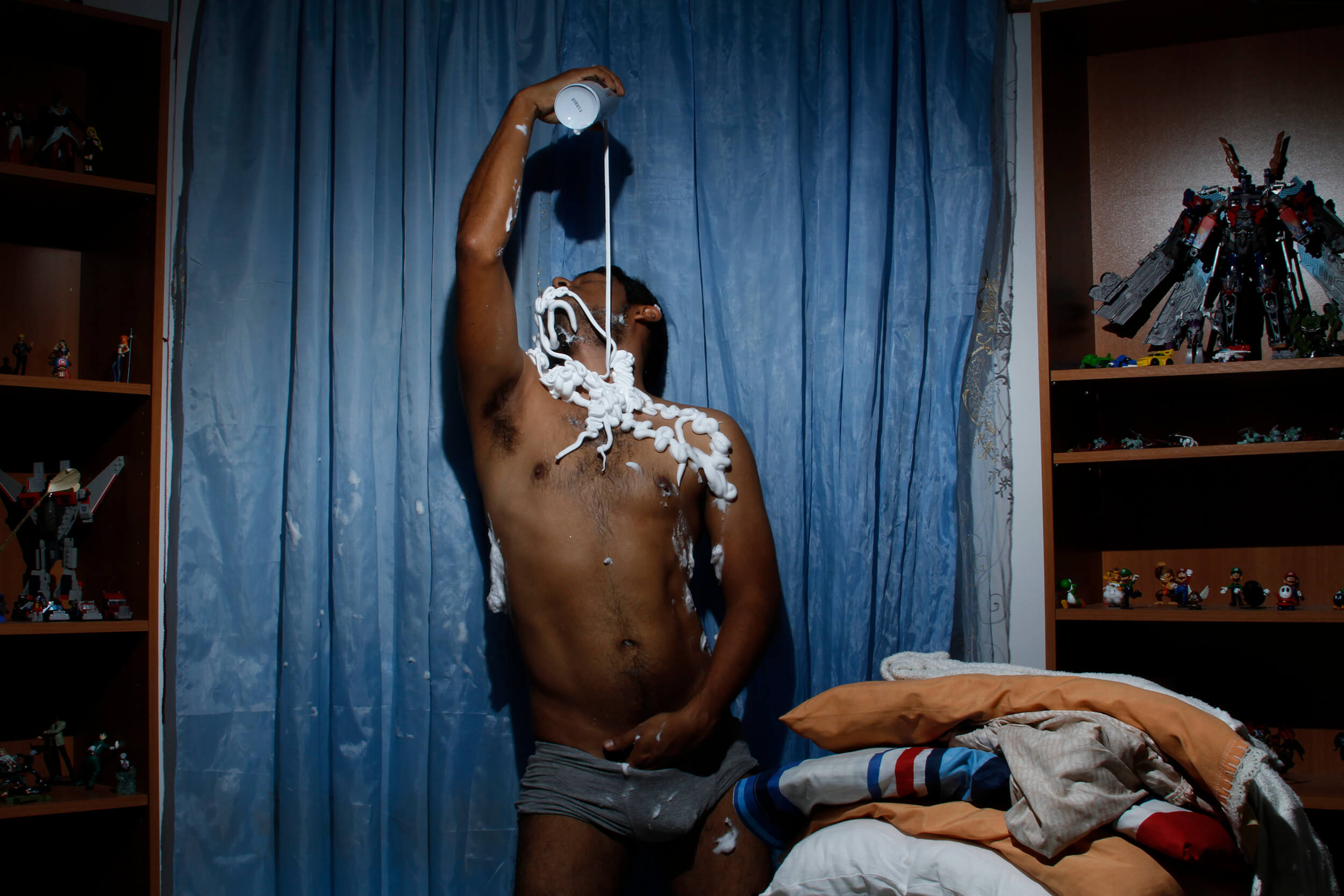
Searching for beauty is an integral part of the muxes’ culture. For them, beauty is primarily manifested in physical attractiveness. They love to dress up and put on makeup, and don’t miss the chance to compete with women in beauty pageants. However, there is no aggression or anger in this competition. For muxes, women are not an object of envy but rather a role model, a source of inspiration and admiration.
For muxes, women are not an object of envy but rather a role model.
Mexico’s muxes speak the ancient language of the Zapotec people; they wear the traditional tehuana dresses with puffy skirts, lace hemlines, and rich floral embroidery. Their hair is braided and decorated with fresh flowers. This Mexican outfit that Frida Kahlo loved so much can be often seen at street parties and festivals.
The people in our villages enjoy the holidays very much, parties are in our blood, and we are always ready to dance and laugh. Of course, muxes can come to any party — they are always welcome. But they also have their own festival, Vela de las Intrepidas (Vigil of the Intrepids) — an annual celebration that takes place each November in Juchitán de Zaragoza, a small town in Oaxaca. The holiday’s culmination is the muxes’ fashion show, where they show off their most extravagant outfits. After that, the audience crowns the Queen of the night, and then they dance and drink beer until dawn.
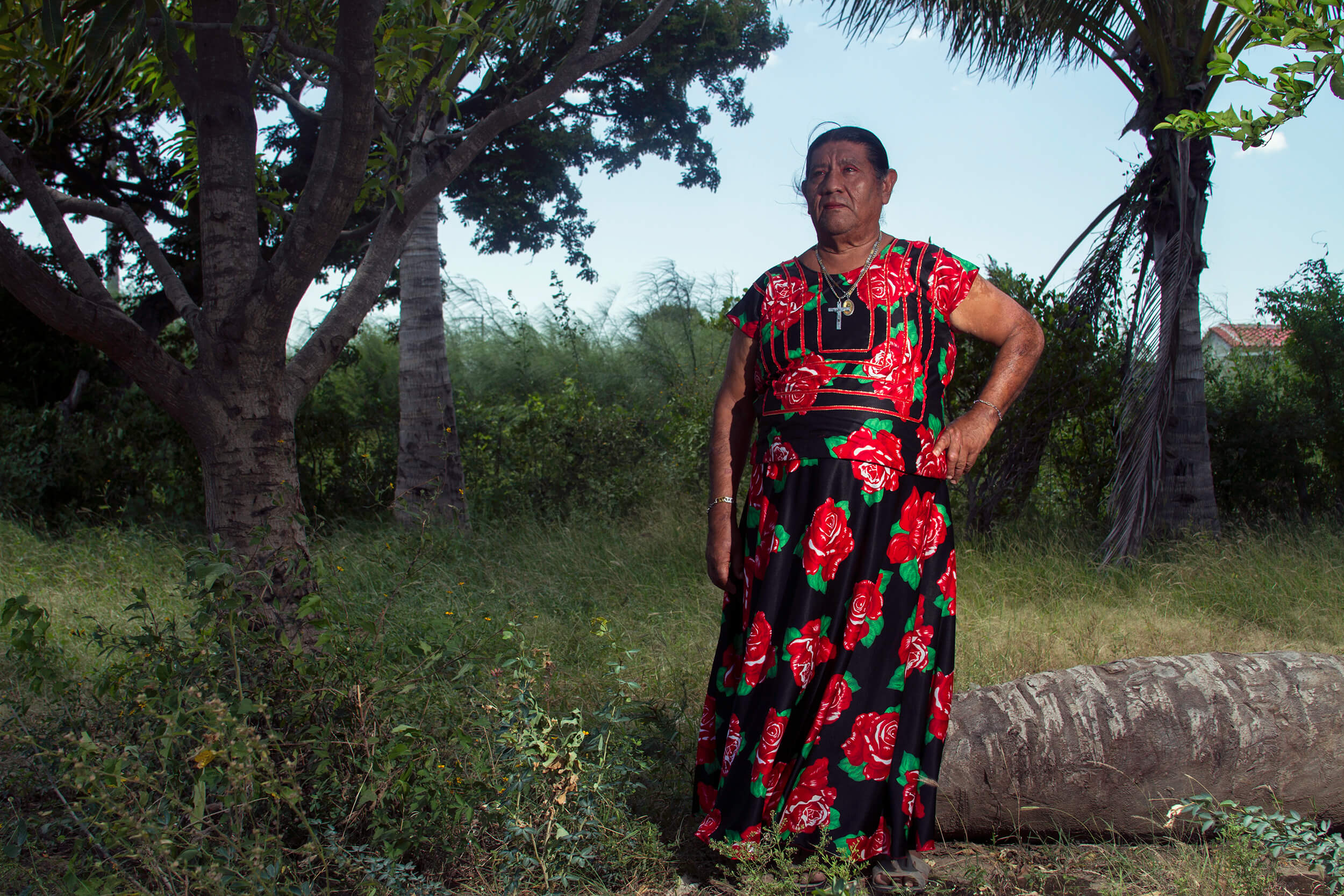
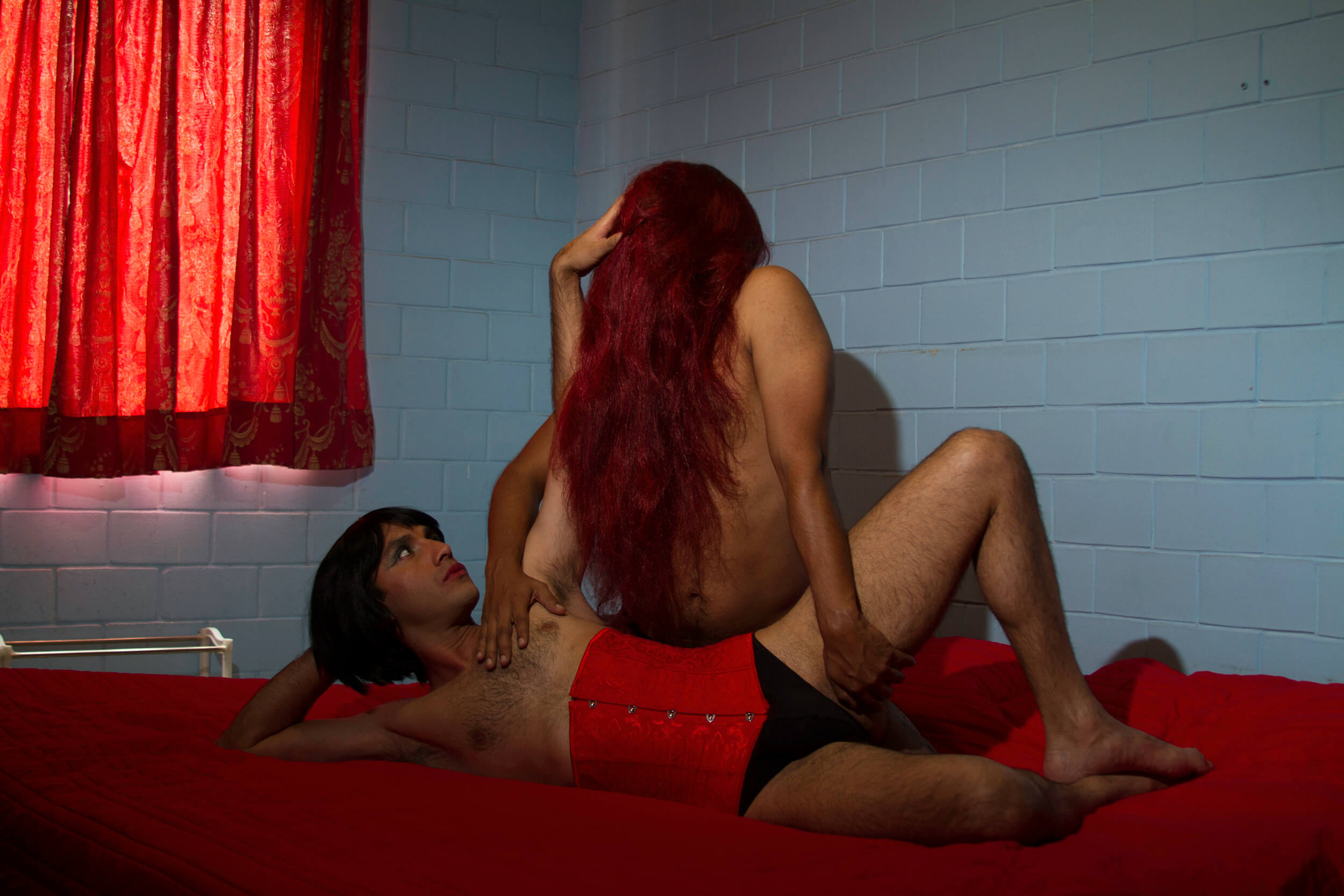
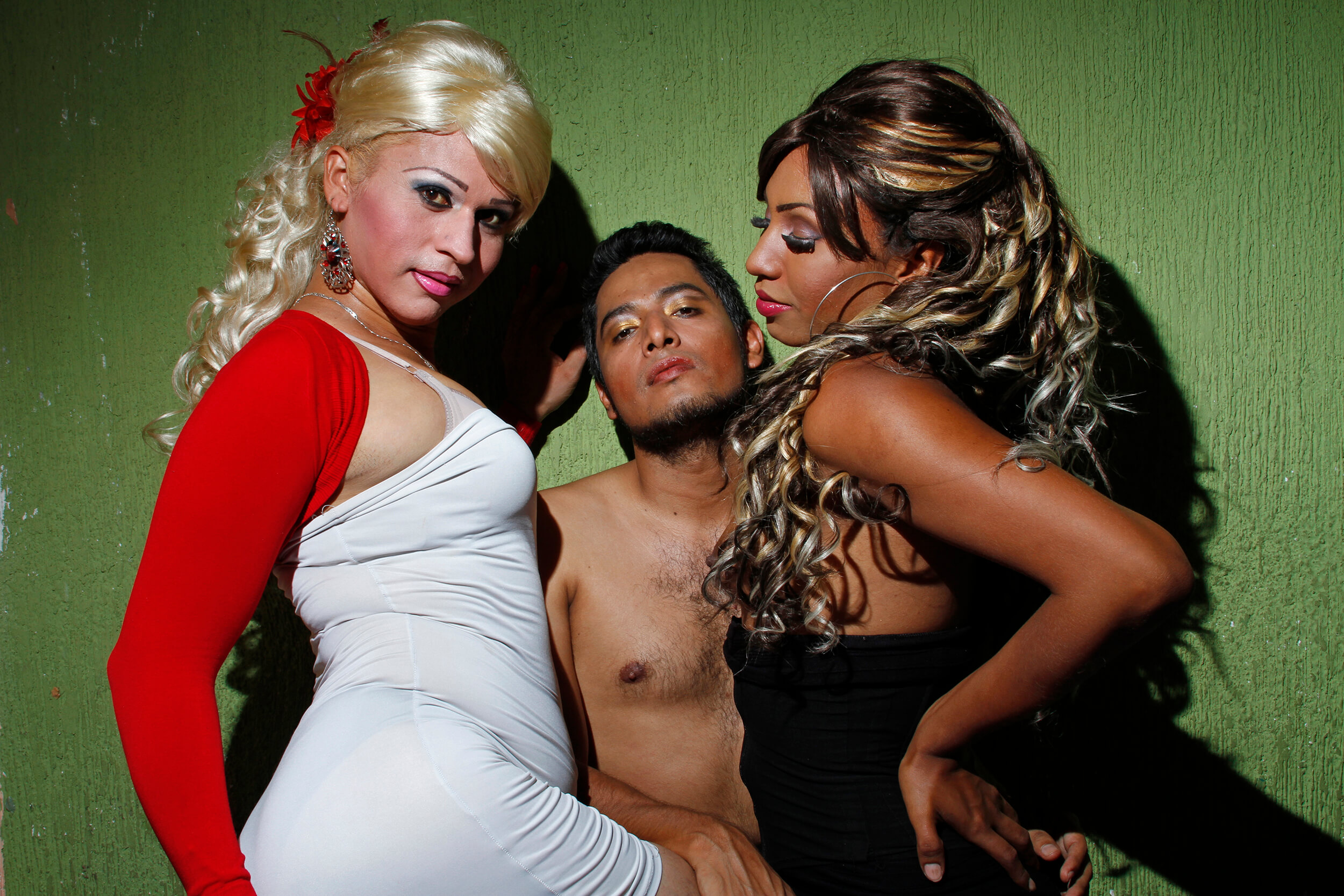
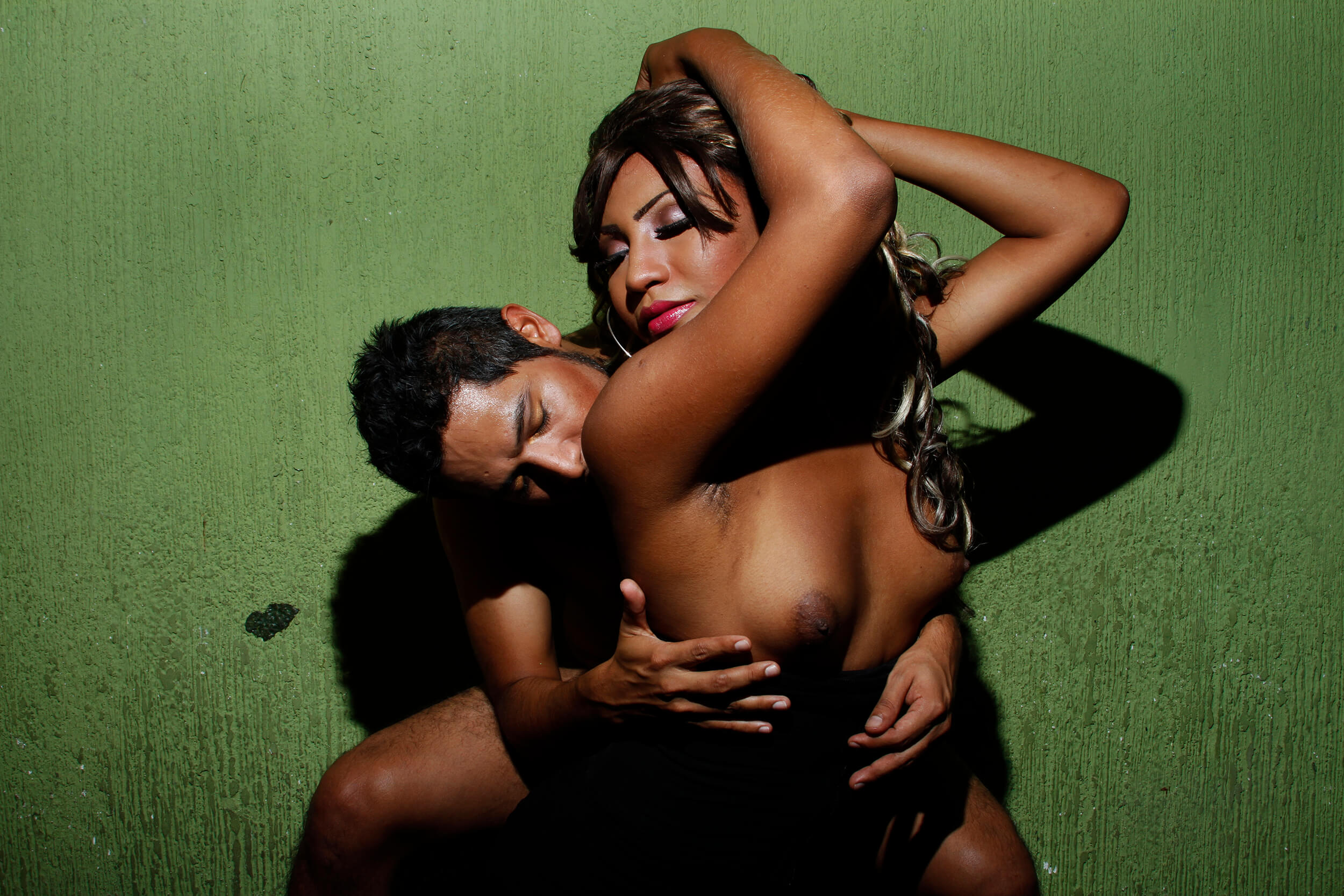
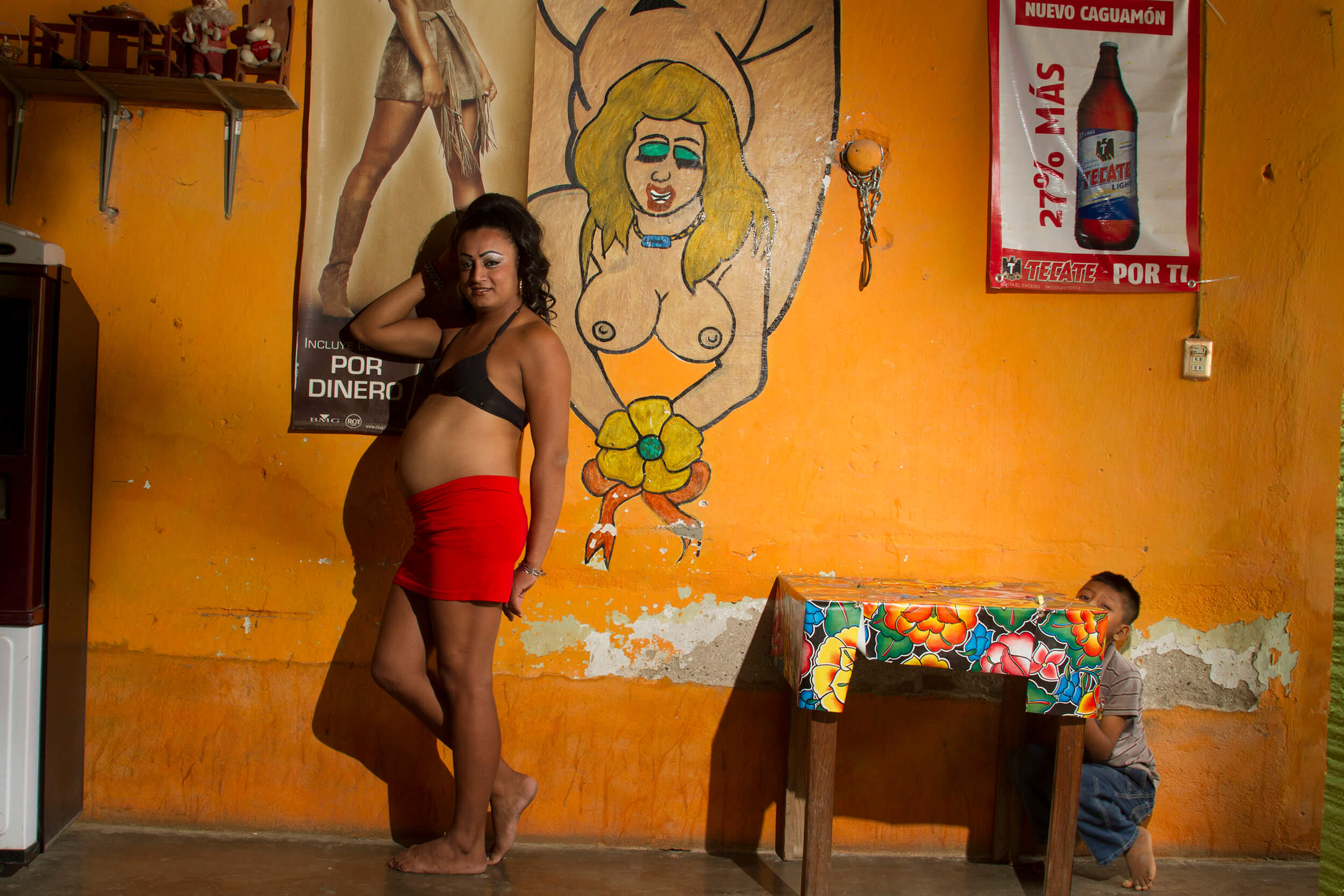
The muxes are gradually gaining worldwide fame. In 2019, a muxe spokeswoman Estrella Vasquez appeared on the cover of Mexican Vogue. This is a big achievement for a community that has been fighting for freedom of expression for over forty years. A muxe’s life may look like queer heaven from the outside, but we still have many problems. In Oaxaca, we feel relatively free. However, even here, the muxes continue to strive for equal social, educational, and career opportunities. Traditionally, the muxes are supposed to do housework, embroider and decorate churches, but many want more. And not only in the professional sphere – we want society to accept our desire to have a family and a partner.
A muxe’s life may look like queer heaven from the outside, but we still have many problems.
Outside Oaxaca, the situation is much worse, there is homophobia and violence. On the one hand, Mexico City became the first South American capital to legalize same-sex marriage. On the other hand, 117 members of the LGBT community were killed in Mexico in 2019, the highest rate in the past five years. Violence against the muxes is an unresolved issue so far.
Ten years of work on the project has been a challenging but inspiring time. I maintain close relationships with some of my models; some, unfortunately, have died, some have changed their bodies beyond recognition, many others continue to shine. This project helped me get rid of my inner limitations and open my mind. I began to love my skin color and my origin. Working with the muxes reminded me that we are all different and have the right to choose the path we want. Photography in general and this particular project taught me to love life. I would not trade these ten years for anything else and am happy to continue working on other projects.
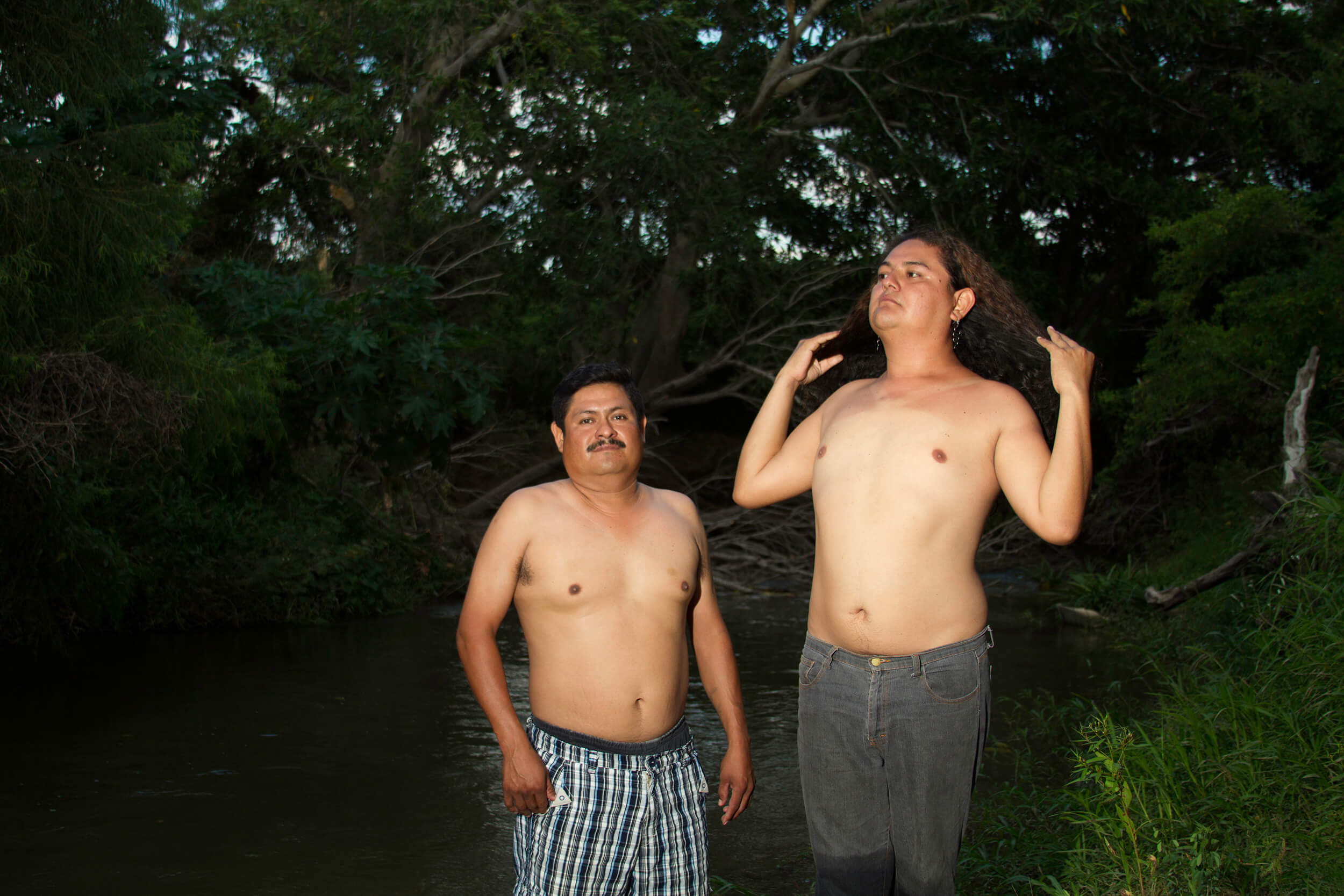
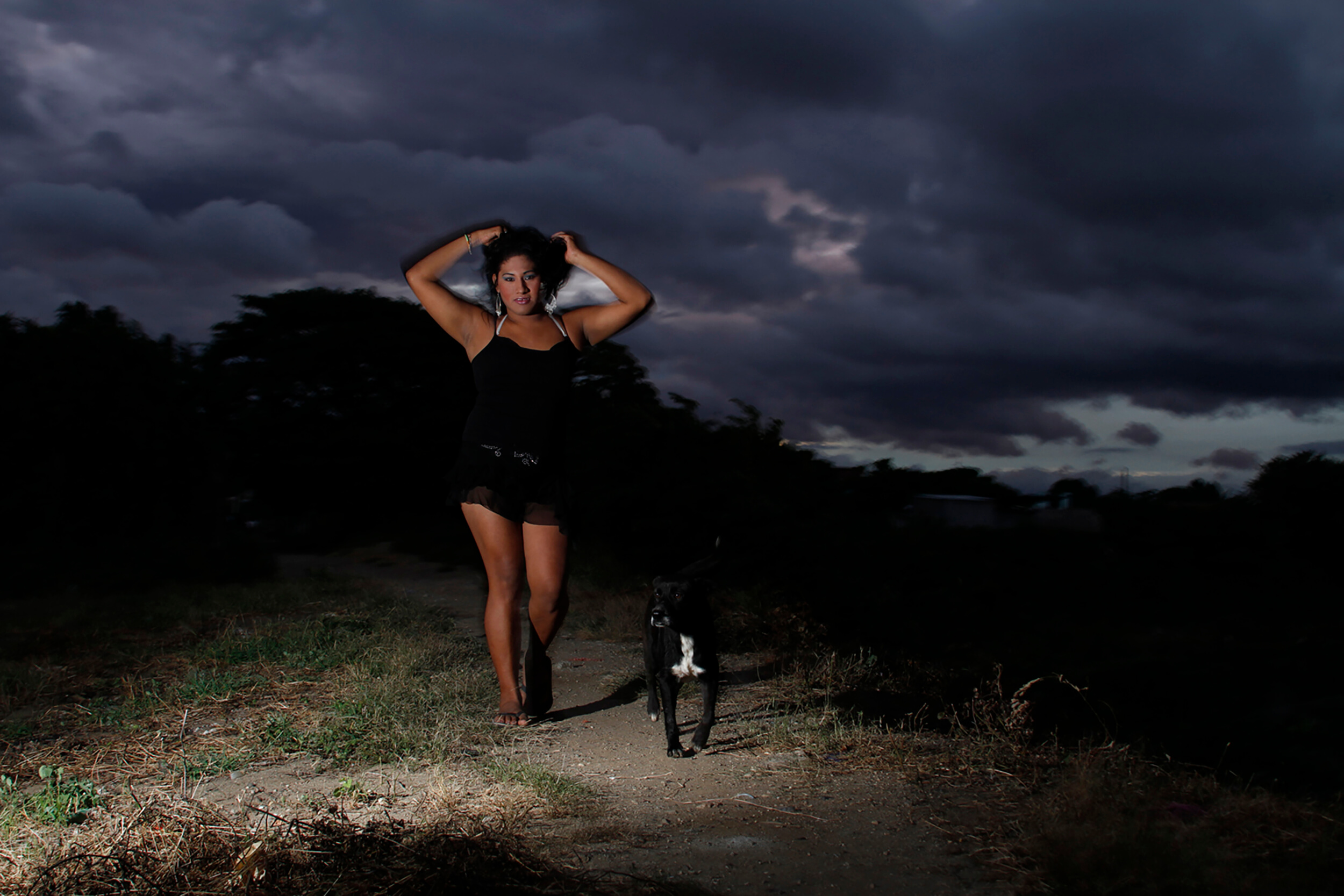
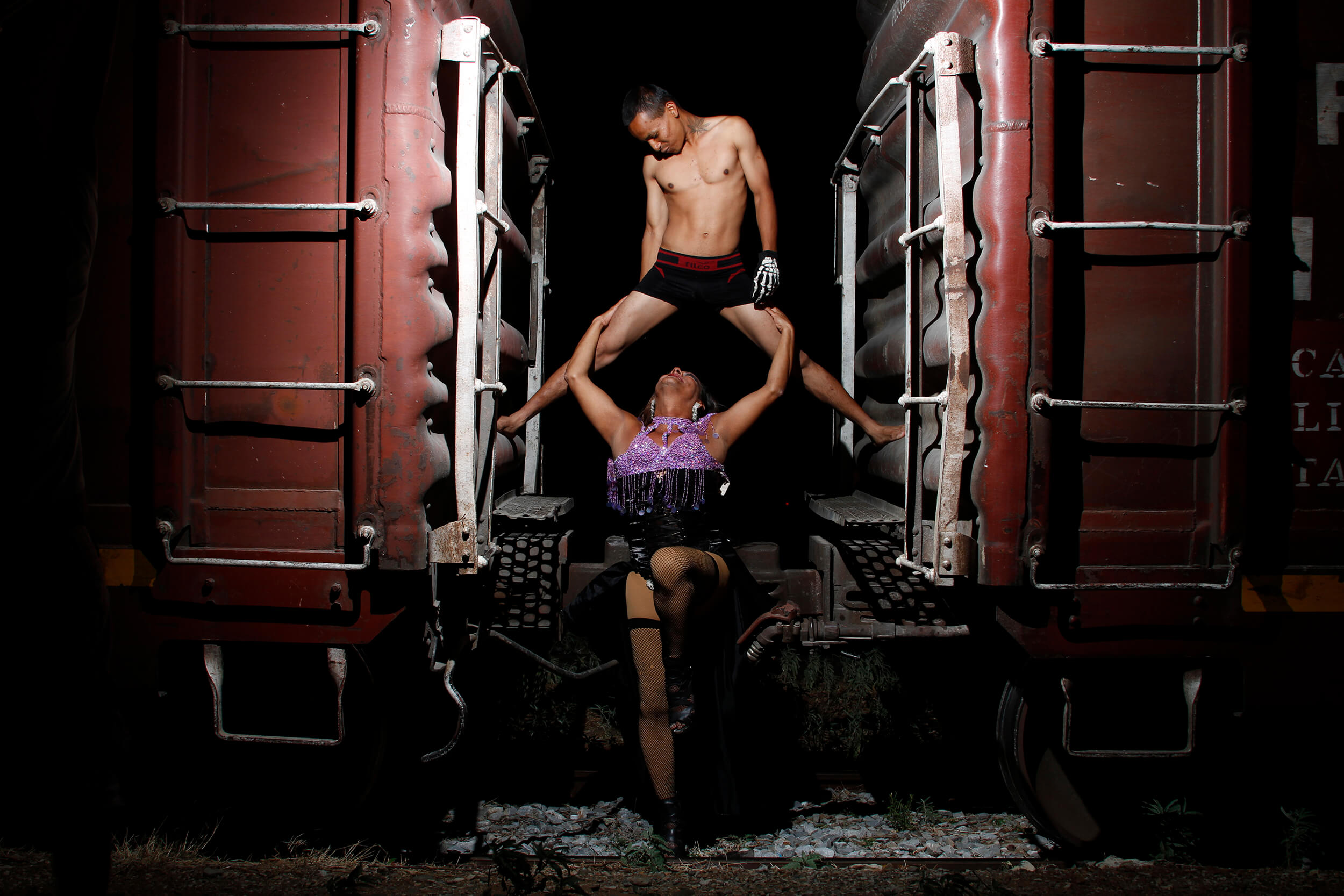

Translated by Lubov Borshevsky
New and best




